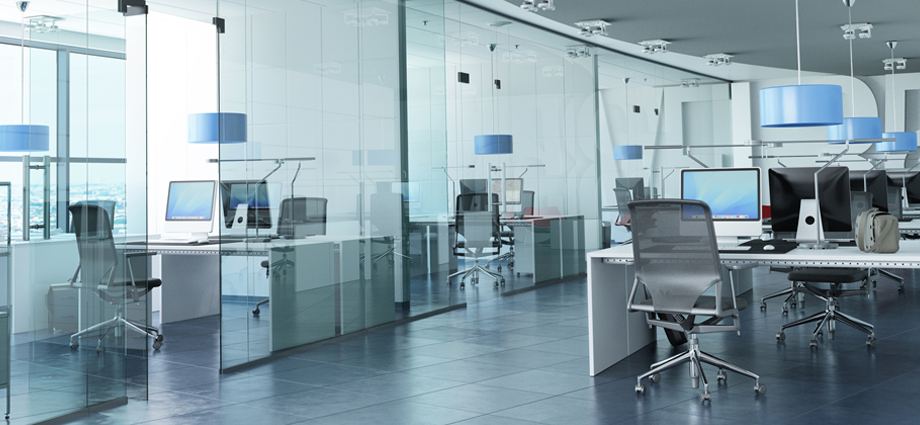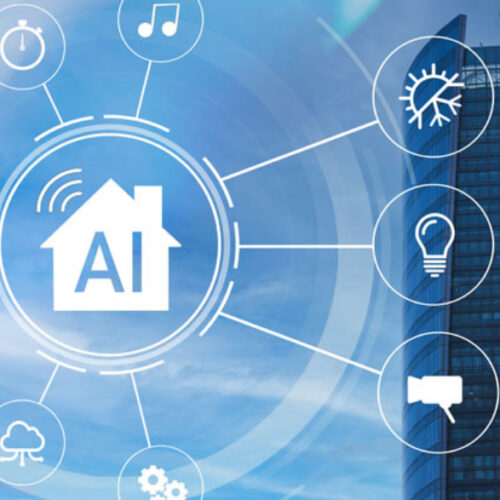
We’re increasingly seeing state governments ease their “stay-at-home” and “safer-at-home” orders to enable businesses to open back up. But, despite the easing of these restrictions, we haven’t seen a massive shift back to business as usual.
And there’s a really good reason for that. Many of the companies that operate in traditional office buildings and other traditional workplaces are concerned that they simply can’t ensure the safety of their workers. Even if they take precautions with social distancing and enable their employees to come back into offices in shifts, there are going to be challenges.
Every building has bottlenecks and chokepoints. Font doors. The lobby. The elevator. These are places where it’s virtually impossible to limit the number of people present at any given time. And it’s even more difficult to sanitize them after each usage – if not impossible.
Then there’s things like conferences and meetings. It’s impossible to conduct large meetings in the average conference room and maintain social distancing. The alternative would be to conduct meetings via phone or video conference from individual desks – but then, what’s the whole point of making people come back to the office? They could do that from home.
It’s safe to say that – when business does go back to normal – the office that employees have grown accustomed to is going to be very different. Desk layouts will be different. Bullpens and open workspaces that put multiple employees in close contact with each other with no physical separation will most likely go away. And telework and rotating days in the office will most likely become the norm.
But those are all changes to the physical layout of the office and the ways offices operate. There are other changes that we can expect that may not be nearly as visible or obvious to the employees themselves. And one of those involves the very air that they breathe.
Air quality takes center stage
When we’re dealing with a threat to employee safety that is transmitted through respiratory droplets that can linger in the air for hours, there’s going to be increased demand for air filtering and higher air quality. And that’s not unprecedented.
Hospitals and healthcare facilities go out of their way to ensure that their air is always effectively filtered and that a large percentage of outside air is being circulated into the building to ensure patient safety. And ASHRAE has long had standards in place for the minimum amount of outside air that HVAC systems should circulate into buildings.
I anticipate that we’ll see similar approaches to air filtration in office buildings as we see in hospitals and healthcare facilities in the near future. I also anticipate that those ASHRAE minimum requirements will not only be universally met, but universally exceeded moving forward, as outside air could help decrease the circulation of this airborne threat.
But how can building owners and facilities managers ensure that their air quality is meeting requirements and standards for keeping tenants and occupants safe?
Connected devices deliver air insights
The HVAC equipment that these buildings utilize to keep their air filtered and comfortable are becoming increasing network and cloud-enabled. With the ability to connect these devices to the cloud and gather device data, the building owners and facilities managers can get the actionable insights they need to make important air quality decisions and keep their air safe for building occupants.
For example, filters that are in need of changing let through less air. Utilizing cloud-enabled HVAC devices and sensors, building owners and facilities managers can monitor airflow and set alerts for when it drops below a certain threshold. When those alarms sound, facilities or maintenance staff can be dispatched to replace filters and keep air quality high.
The same system can be established for outside air.
Utilizing device data that’s being pushed to the cloud, building owners and equipment managers can monitor and manage how much outside air is being circulated into their building and make adjustments. This system monitoring and management could be done from anywhere, even from outside of the building, making it possible for management companies and remote facilities staff to ensure high air quality even if they’re not onsite.
In the post lockdown world, there’s going to be significant changes to business as usual and the traditional workplace. One of those changes will be a demand for improved air quality in buildings and offices. If building owners and facilities managers are going to meet these clean air requirements, they’re going to need information on how their HVAC systems are performing. Cloud-enabled and connected HVAC devices could be the answer – giving building owners and managers the actionable insights they need to keep air quality high.






